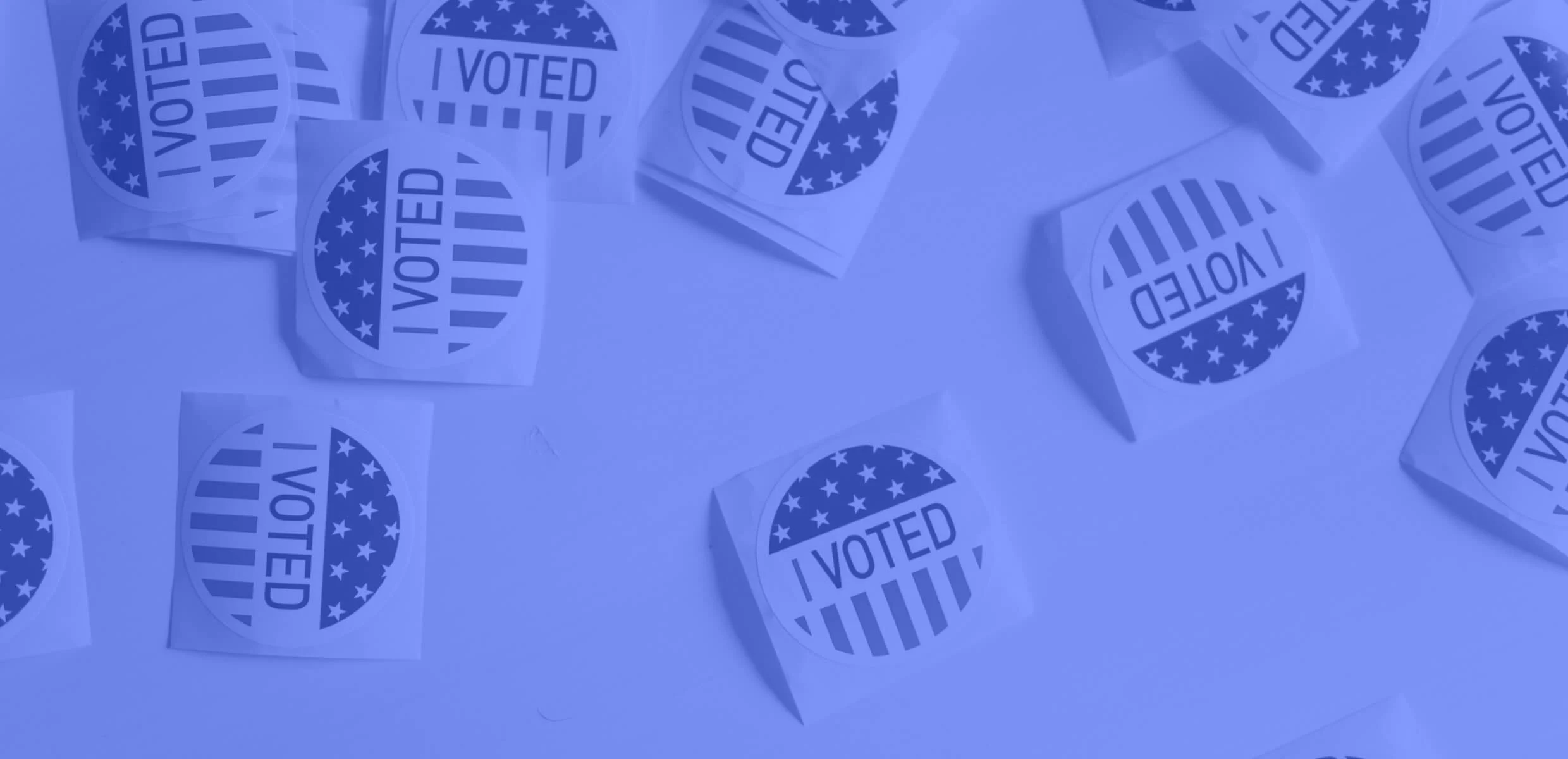Pulse on the Presidency, Sept 15

The United States 2020 presidential election is a matter of intense national and international debate. Each week, dozens of polls collect samples and attempt to predict the outcome of the election based on current voter sentiment. Since such polls largely failed to forecast the 2016 presidential election, however, there is reason to doubt the accuracy of traditional polling methods.
Summary
- Invisibly polling shows Trump ahead by 2 points, whereas traditional polling shows Biden with a significant lead.
- Traditional phone polling likely underrepresents Trump voters, given that conservatives report being uncomfortable sharing their political views.
- Invisibly polling’s online and less-invasive nature allow it to gather a more comprehensive picture of true voting intentions.
- Our results here have 6x more respondents than traditional polls.
- Continued reliance on outdated polling methodology is likely to cause history to repeat itself in 2020.
Results
Invisibly’s sophisticated polling technology shows that as of September 11th, Trump is ahead by 2 points overall and also leads many swing states (Figure 1A). Our sample includes 4,911 respondents—over 6 times as many as a typical national poll. We find that strong blue states like CA and MA show Biden ahead by roughly the same margin as Hilary Clinton won these states in 2016. The national results are not within the margin of error, which is just under 2%. The national and swing-state results, however, sit in stark contrast to other recent polls conducted over the same time period, which have shown Biden ahead by a substantial margin (Figure 1B).

Figure
1: Invisibly Polling Results. A. Joe Biden leads in traditionally blue
states California and Massachusetts, while the race is much closer in swing states. B.
Invisibly polls show Trump in the lead, nationally, which is in contrast to other polls over the comparable
period. C. Our research shows fluctuations in the race which are aligned with the occurrence
of national conventions.
,
Because Invisibly’s polls produce results in real time, we can look for additional insights by trending national sentiment over time. We find shifts in national sentiment that may be partially due to specific events, such as the national conventions. Specifically, Trump’s lead dipped the week of the Democratic National Convention (DNC) and rebounded during and after the subsequent Republican National Convention (RNC) (Figure 1C).
Reducing polling bias
Traditional polls still rely on phone calls, usually to a landline. This personal approach may cause respondents to worry that their answer can be traced back to them. Recent research shows that right now, conservatives are more uncomfortable than liberals with sharing their political views, so some conservatives and undecided voters may not report that they support Trump, perhaps fearing social or even employment repercussions. Thus, the traditional polling method is prone to systematic bias whenever voters are less willing to voice public support for one candidate than for the other. This problem has been extensively documented and has affected both parties (e.g., after President Obama’s poor first debate performance in 2012, some democrats were reluctant to admit their support for the president). This phenomenon may have been responsible for skewing the polls in 2016. Given the persistence of both the outdated polling methodology and the reluctance of some to support Trump publicly, history is likely to repeat itself in 2020.
To combat this bias, Invisibly Polling uses our Realtime Research™ surveys, which use the internet rather than phones to collect responses. Our polls show a survey to people browsing the internet in a randomized manner; the survey is embedded in the content people are already reading (Figure 2A). Because the poll doesn’t force people to navigate away from their desired content to a branded partisan page, Invisibly polls feel much less personal and thus are more likely to capture people’s true beliefs. This research has been used to accurately predict numerous races (Figure 2B/C).

Figure 2. The Realtime Research™ survey unit and it’s accuracy. A. Questions are shown to the user on webpages. B. Most recently, Invisibly surveys predicted the outcomes of Iowa’s 4th District 2020 Republican primary and C. Texas’s 13th District 2020 Republican primary.
Discussion
Traditional polling suffers from systematic bias: outcomes are swayed by the social comfort each party feels in sharing their viewpoints. Not surprisingly, this bias leads to inaccurate predictions. Invisibly Polling mitigates this bias by asking voters for their opinion in a much less personal-feeling environment: random webpages on the internet. Invisibly Polling’s anonymous nature allows Invisibly Polling to capture voters who would otherwise be reluctant to voice their true opinions when the medium would have been their personal phone line.
Detailed Methods
From August 5th to September 10th we asked Americans who they would vote for in the upcoming election, how likely they were to vote, and where they stood on a variety of issues. Unlike Google Surveys—which block access to content until the questions are answered— Realtime Research™ Surveys are optional, ensuring that participants respond voluntarily. We received responses from 8,443 people in over 3,163 cities; participants represented all 50 states.

Dr. Don Vaughn, Ph.D.
Dr. Don Vaughn is a neuroscientist, futurist, and communicator. As Head of Product at Invisibly, he is envisioning a better future by enabling people to take control of their personal data. He leverages his understanding of the brain to predict how people will use—and be used by—technology. Since graduating from Stanford, over 1 million people have viewed his TEDx talk. He has been featured on ABC, ESPN, Bloomberg and more.
